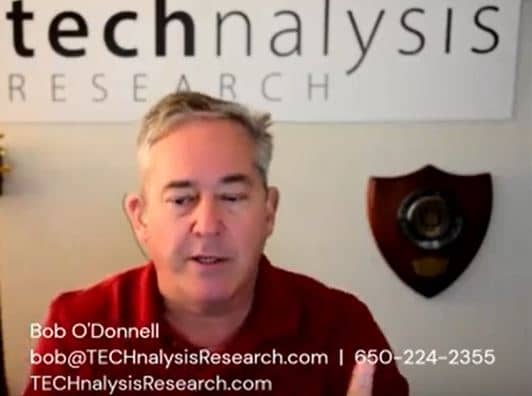In an era of ubiquitous social media and intense competition for investors’ money, many investment fund managers have been abusing the terms ESG, sustainability and other terms to attract investors hungry for all-things sustainable. There is no doubt that many leading asset managers have been at the forefront of the ESG movement, channeling billions of dollars into sustainable products and services, hence making ESG less of a trivial buzzword but a reality. In doing so, Blackrock and others have been putting enormous pressure on the companies they invest in to improve their environment, social, and governance postures. This offensive of sort actually created a lot of problems for their champions, including outright security threats because of an emerging counter movement that opposes ESG. (The rest of the text is below the video).
But despite the resistance, these funds remain hugely popular because investors are craving sustainable investments. They can’t get enough of them. Obviously, Europe is where the movement is a bit more exciting because of investor enthusiasm and that’s a market where the voices of consumers and regulators play a greater role than in other regions in shaping trends.
Estimates about the assets managed in European sustainability funds are all over the map, but to simplify the discussion, let’s use the €5.5 trillion estimated by the law firm Maples Group. Maples says that figure is for the past 12 months and was up 19% from the previous 12 months. This class of assets is projected to reach €9 trillion by 2027, according to the magazine Funds Europe.
Needless to say, this is a huge market and with such amounts of money involved, problems become inevitable. One big problem facing this huge investment world is the greenwashing of the terms ESG and sustainability in investment instruments that have almost nothing to do with the concept. Sustainability is used almost everywhere by fund managers because if they don’t, they risk becoming irrelevant in a market where investors want to make a difference.
This is such a big problem that just this week the European Securities and Markets Authority (ESMA) announced the release of finalized guidelines for the use of ESG and sustainability-related terms in investment fund names. These guidelines come in response to the increasing demand for ESG-focused funds, which has led asset managers to include sustainability-related terms in fund names to attract investors, resulting in greenwashing.
ESMA published new guidelines to address the confusion facing investors, including an 80% investment threshold required to characterize a fund as a sustainable investment fund. It even established a transition category for investments that cannot be called sustainable or green but has the potential to become such a product if environmental sustainability goals are met in the future. Terms allowed to be used to describe the transition to becoming sustainable include ‘evolution, transformation, progress, and improving.’
In the United States, there has been growing appetite for more disclosure on greenhouse gas emitted by corporations. To recall, in March the SEC issued Climate Disclosure Rule, requiring, among other things, companies to report their greenhouse gas emissions. The ruling is currently facing litigation, but interest in sustainability remains strong, despite the opposition. But just like in Europe, some US lawmakers are concerned about the abusive use of sustainability terms. The SEC has been under pressure by 21 congressional Democrats to publish a rule that would prevent investment funds from abusing terms like ESG, sustainability, green, etc., and force them to be more transparent about the funds they characterize as sustainable. The SEC has been working on such a rule since 2022 but it is facing headwinds of political nature.








